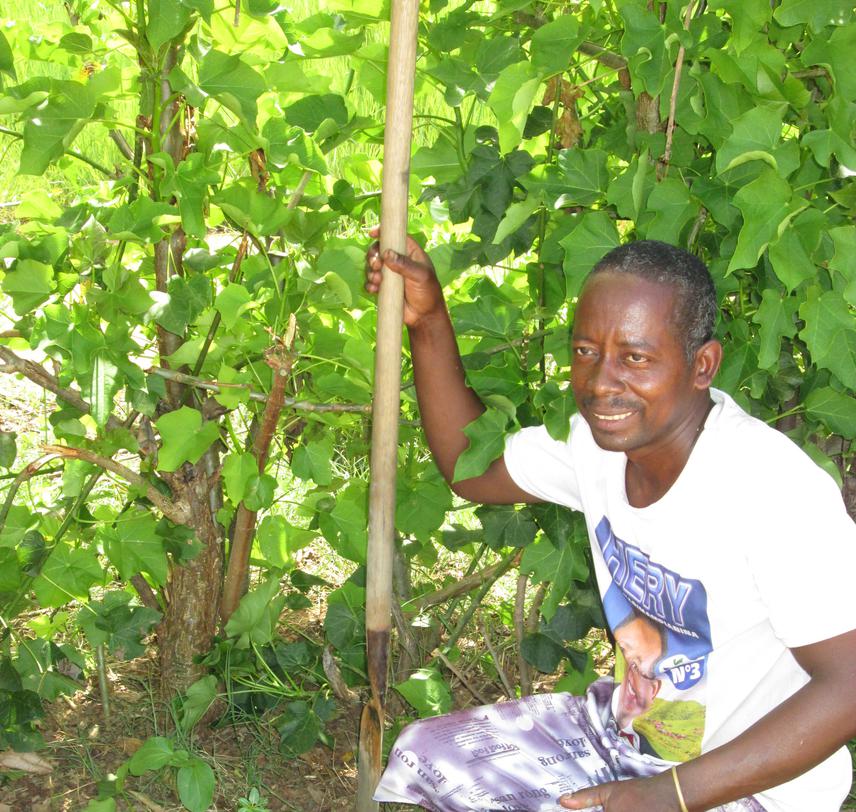Ranivoarivelo Soazara
The aim of the project is to involve local population on the conservation of the species Scaphiophryne gottlebei and Mantella expectata in the National Park of Isalo.
Madagascar is considered as “Hotspot” in the world. 98% of its frogs are endemics to the country. Scaphiophryne gottlebei and Mantella expectata are two regional endemics species of Isalo. According to IUCN Redlist, Scaphiophryne gottlebei and Mantella expectata are Critically Endangered; these species are listed in the Annexe II of CITES. There is no other status in International, National, and regional level. Due to over-collecting, these species are despite to being Critically Endangered. Concerning their habitat, the species leaves in the canyon of Isalo massif, however the presence of the mining sites in the park boundary increases the loss of their habitat. Unfortunately, they are only known in this region. So, the restriction of their habitat threatens these species.

Objectives
The project has three objectives: evaluation of the status of these species in the buffer zone and evaluation of human pressure and its effects in the frogs’ populations, training and sharing information with local population for the sustainable management of the species and the environment in general and finally, identification of relevant local subproject
Activities and Methodology
Eight sites will be investigated in the buffer zone of Isalo. The main activities will be a biological inventory and habitat observation, local population inquiry and consultation and lastly, the presentation and initiation of the local project
Outcomes
In the buffer zone of National Park of Isalo, 8 sites will be investigated. The relative density and structure of populations in these sites will be determined in order to compare with the over results from the park. During this investigation, pressure will be notified.
After this investigation, the trainers will train local people especially the collectors on the biological and ecological life of the species and the legal quotas for pet trade. These are very important for the management of the stock in the wild. Concerning the information sharing, we hope to have more local people from the 8 sites in the meeting. In this case, we gather their opinion on how to conserve these species and gather maximum suggestions.
In order to pursue the effort with these local people, we intend to work with them on a sub-project from their suggestion, which can improve the livelihoods of local population.